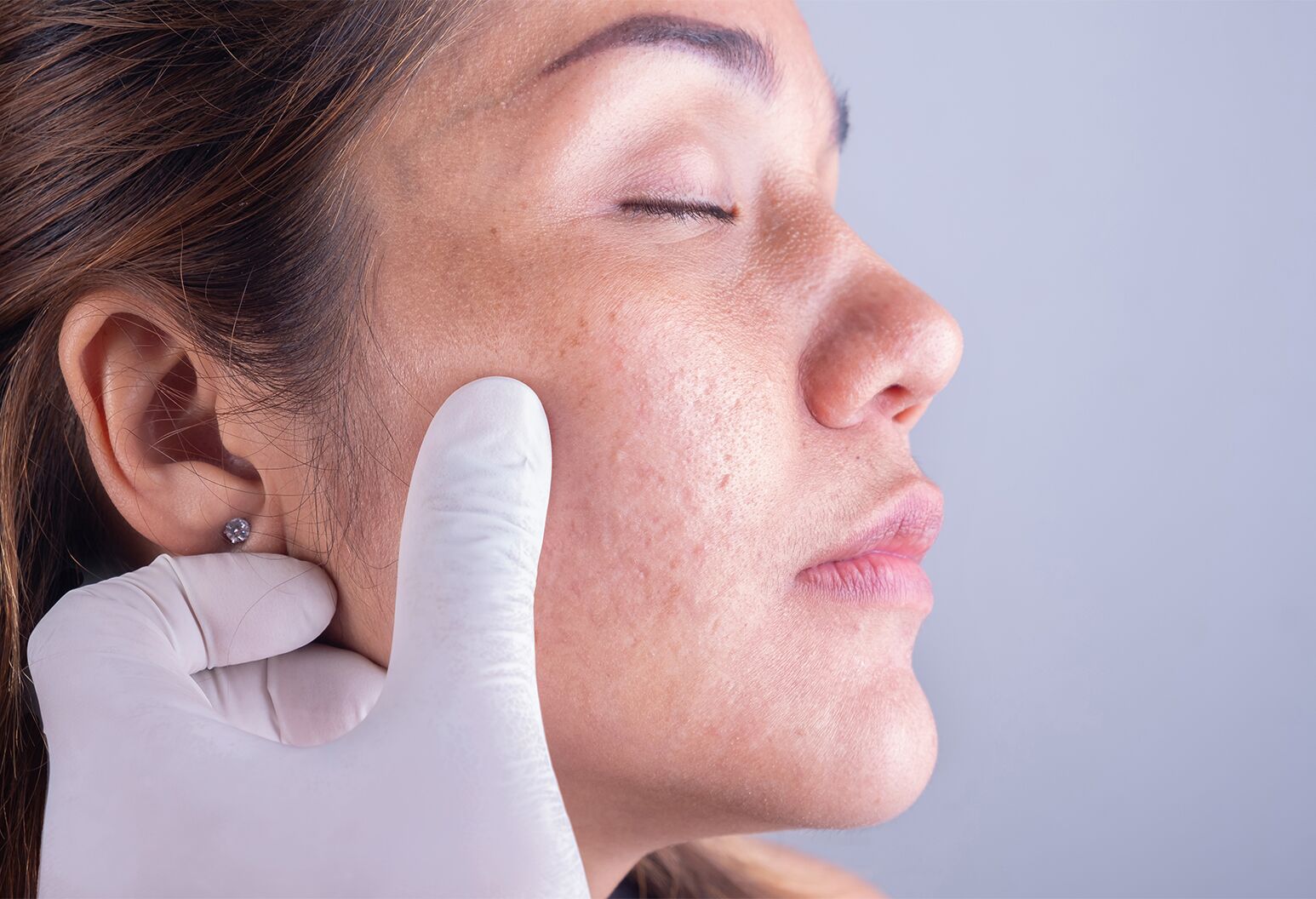Browsing Skin Cancer Cells Treatment: The Essential Duty of Mohs in Modern Dermatology Practices
Skin cancer cells, a complicated diagnosis, commonly leaves patients grappling with many therapy options. As we discover the intricacies of this treatment, one will appreciate its critical function in skin cancer cells treatment.
Comprehending Skin Cancer Cells: Types and Risks
Skin cancer cells, a possibly lethal ailment, is even more prevalent than lots of people understand. This disease, triggered by the unrestrained development of abnormal skin cells, mainly arises from DNA damages as a result of exposure to the sun and ultraviolet (UV) light. There are three primary types of skin cancer cells: Basic cell cancer, Squamous cell cancer, and Cancer malignancy. While the previous two are less lethal and make up most of identified instances, cancer malignancy is one of the most dangerous. It represents only regarding 1% of skin cancer situations however triggers the huge bulk of skin cancer deaths - hair loss. Danger elements include fair skin, history of sunburn, excessive sun exposure, living at high altitudes or near to the equator, having several moles, a family members background of skin cancer cells, and damaged body immune system.
What Is Mohs Surgery and How It's Reinventing Skin Cancer Cells Treatment
Despite the countless therapies currently available for skin cancer cells, Mohs surgical procedure attracts attention as a groundbreaking and highly efficient service. Named after Frederic E. Mohs, the medical professional that developed the treatment, Mohs surgical procedure is a specific surgical technique utilized to deal with skin cancer cells. During the procedure, slim layers of cancer-containing skin are gradually gotten rid of and taken a look at till only cancer-free tissue remains. This strategy allows the surgeon to validate that all cancer cells have actually been removed at the time of surgical procedure. This degree of precision, incorporated with the ability to save as much healthy and balanced cells as possible, is revolutionizing skin cancer treatment. As a result, Mohs surgery has actually ended up being a cornerstone of contemporary dermatology techniques.
The Benefits of Mohs Surgical Procedure Over Conventional Skin Cancer Treatments
Building on the ingenious nature of Mohs surgical procedure, it's crucial to consider its numerous advantages over typical skin cancer treatments. Unlike standard procedures, Mohs uses a greater cure rate, usually reaching 99% for newbie treatments and 94% for recurring cancers. Furthermore, it decreases damage to healthy skin, leading to much less scarring and improved cosmetic results.
The Treatment of Mohs Surgical Procedure: What to Anticipate During the Refine

Possible Side Impacts and Post-Operative Care of Mohs Surgical Procedure
Undergoing Mohs surgical treatment, like any type of various other operation, involves potential side effects that patients should know. Common adverse effects consist of pain, wounding, and swelling at the surgery website. Nonetheless, these are normally short-term and workable with over-the-counter pain medication and ice bag. In unusual instances, patients might experience infection, bleeding, or a sensitive reaction to the neighborhood anesthetic. Post-operative treatment is critical to healing and minimizing side impacts. This usually involves keeping the injury tidy and dry, taking recommended medications, and preventing strenuous activities. Patients should likewise go to all follow-up consultations for wound care and monitoring. Sometimes, additional treatments might be needed to make certain full elimination of the malignant cells. Abiding by these post-operative care guidelines can significantly enhance recovery and outcomes.
Conclusion
